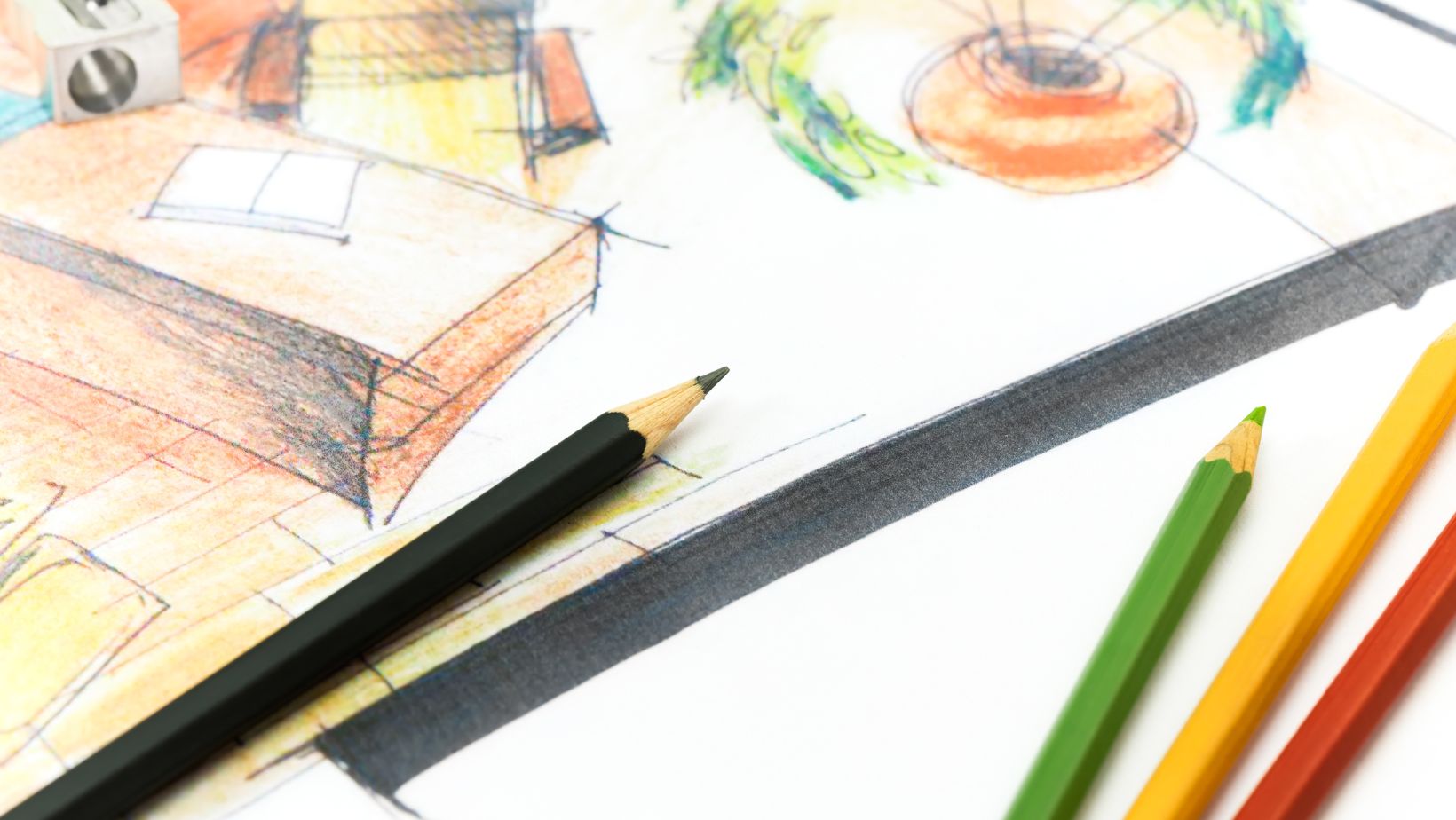Table of Contents
ToggleHow to Insert an Image in Illustrator
Inserting an image in Adobe Illustrator is a fundamental skill for graphic designers and artists alike. With just a few simple steps, you can seamlessly integrate images into your creative projects. To begin, open Adobe Illustrator and create a new document or open an existing one.
To insert an image, navigate to the “File” menu and select “Place”. This will open a dialog box where you can browse your computer for the desired image file. Once you’ve selected the image, click “Place” to import it onto your artboard.
After placing the image, you can resize and position it as needed. Simply click and drag on the corner handles to adjust its size proportionally or hold down Shift while dragging to resize it non-proportionally. To move the image, click and drag from within its boundaries.
It’s worth noting that when inserting raster images (such as JPEGs), Illustrator automatically embeds them into your document. However, if you’re working with vector-based images (like EPS or AI files), Illustrator will link them instead of embedding. This means that if you move or delete the original linked file, it may affect how your imported image appears in Illustrator.
Choosing the right image format
When it comes to inserting an image in Illustrator, selecting the correct file format is crucial. Different formats have varying levels of compression and support different features, so it’s important to choose one that suits your needs.
Here are some common image formats you can consider:
- JPEG (Joint Photographic Experts Group): Ideal for photographs and complex images with gradients. It supports millions of colors but may lose some quality due to compression.
- PNG (Portable Network Graphics): Great for illustrations, logos, or images with transparency. PNG files retain high-quality graphics without sacrificing too much storage space.
- SVG (Scalable Vector Graphics): Perfect for resizable graphics like icons or logos. SVG files are resolution-independent and can be scaled without losing any quality.
- TIFF (Tagged Image File Format): Suitable for professional printing purposes. TIFF maintains high-quality images and supports layers, making it a popular choice among graphic designers.
Consider the nature of your image and its intended use before deciding on the ideal format. Keep in mind that each format has its own strengths and limitations.
Resizing and cropping your image
Before inserting an image into Illustrator, you may need to resize or crop it to fit your specific design requirements. Here’s how you can do it:
- Resizing: To scale down or enlarge an image proportionally, select the “Selection” tool in Illustrator (shortcut: V) and click on the image once to activate transformation handles. Then, click and drag any corner handle while holding down the Shift key to maintain aspect ratio.
- Cropping: If you only want a specific part of an image, you can crop it within Illustrator using the “Crop Image” function under the “Object” menu. Simply draw a rectangle around the desired area, then go to Object > Crop Image.
By resizing or cropping your images effectively, you ensure they seamlessly integrate into your Illustrator project.

Converting to CMYK color mode
If you’re preparing an image for professional printing, it’s essential to convert it to the CMYK color mode. This ensures accurate representation when printed using the four-color process (cyan, magenta, yellow, and black).
To convert your image to CMYK in Illustrator:
- Open the “Color” panel by going to Window > Color.
- Click on the dropdown menu in the top-right corner of the panel and choose “CMYK” from the list.
- Select your image or artwork, then click on “Edit” at the top of the screen and choose “Edit Colors > Convert to CMYK.”
By converting your images to CMYK color mode, you can ensure that their colors will be accurately reproduced during printing.
Placing the image on the artboard
To begin importing an image into Illustrator, you’ll first need to place it on the artboard. Here’s a step-by-step guide:
- Open Adobe Illustrator and create a new document or open an existing one.
- Go to the “File” menu and select “Place” or use the shortcut Ctrl+Shift+P (Windows) or Command+Shift+P (Mac).
- A file browser window will appear, allowing you to navigate to the location of your desired image file.
- Select the image file and click “Place” to import it into your Illustrator document.
- Once placed, you can click and drag on the artboard to position the image wherever you want.
Remember that experimenting and exploring different options is key when it comes to applying effects and filters in Illustrator. Don’t be afraid to push boundaries and let your creativity soar!






